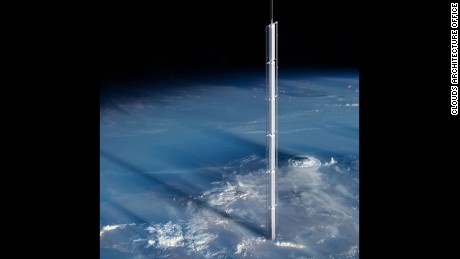David Cameron — May’s predecessor who lost the Brexit referendum — has reason to be puzzled by the upshot of his defeat.
Yet, as a direct result of Brexit, Berlin and Paris are now adopting the idea of variable geometry as the way forward for the EU.
This first paradox is easier to understand when seen through the lens of the conventional European practice of making a virtue out of failure.
Angela Merkel, the German Chancellor, had for years opposed the idea of a Europe that proceeds at different speeds — allowing some countries to be less integrated than others, due to their domestic political situation.
But now — after the colossal economic mismanagement of the euro crisis has weakened the EU’s legitimacy, given Euroskeptics a major impetus, and caused the EU to shift to an advanced stage of disintegration — Mrs Merkel and her fellow EU leaders seem to think that a multi-speed Europe is essential to keeping the bloc together.
The failure to keep the EU together along a single path toward common values, a common market and a common currency will come to be embraced and rebranded as a new start, leading to a Europe in which a coalition of the willing will proceed with the original ambition while the rest form outer circles, connected to the inner core by unspecified bonds.
In principle, such a manifold EU will allow for the East’s self-proclaimed illiberal democracies to remain in the single market, refusing to relocate a single refugee or to adhere to standards of press freedom and judicial independence that other European countries consider essential. Countries like Austria will be able to put up electrified fences around their borders. It could even leave the door open for the UK to return as part of one of Europe’s outer circles.
Whether one approves of this vision or not, the fact is that its chances depend on a major prerequisite: a consolidated, stable eurozone.
One only needs to state this to recognize the second paradox of our post-Brexit reality: In its current state, the eurozone cannot provide the stability that the EU — and Europe more broadly — needs to survive.
As it stands, the prospects for a stabilized eurozone do not look good. Business as usual — the establishment’s favored option — could soon produce a major Italian crisis that the eurozone cannot survive.
The only alternative under discussion is a eurozone federation-light, with a tiny common budget that Berlin will agree to in exchange for direct control of French, Italian and Spanish national budgets. Even if this were to happen, which is doubtful given the political climate, it will be too little, too late to stabilize the eurozone.
So here is the reality that Europe faces today: a proper federation of 27 member states is impossible, given the centrifugal forces tearing Europe apart. Meanwhile, a variable geometry confederacy — of the type David Cameron had requested and which the UK might want to join after 2019 — requires a consolidated eurozone. But this also seems impossible, given the current climate.
Allowing EU member states to move in different directions and at different speeds is precisely the wrong way to address to address the differing concerns of Europeans living in different countries — and it seems an odd way to unite them behind a single way forward for the continent.
In fact, Europeans are already united by two existential threats: Involuntary under-employment — the bitter fruit of austerity-driven under-investment — and involuntary migration — the result of the overconcentration of investment in specific regions.
To make the European Union work again, each and every European country must be stabilized and helped to prosper.
Europe cannot survive as a free-for-all, everyone for themselves, or as an Austerity Union built on de-politicised economic decision-making with a fig leaf of federalism in which some countries are condemned to permanent depression and debtors are denied democratic rights.

